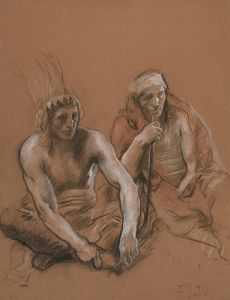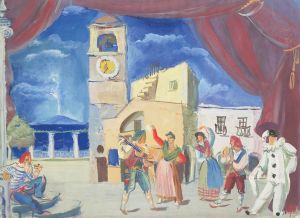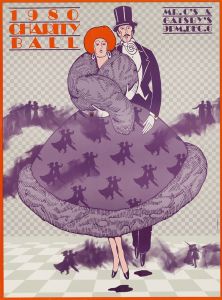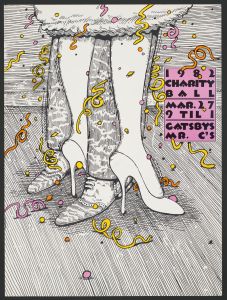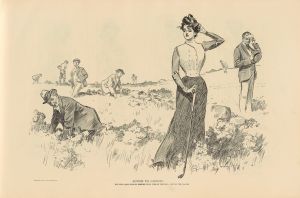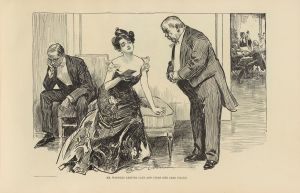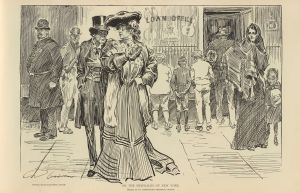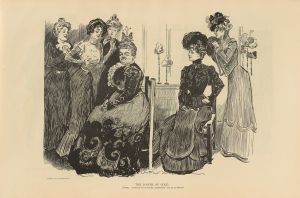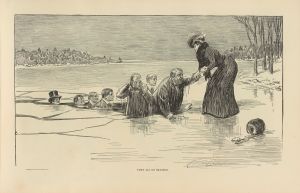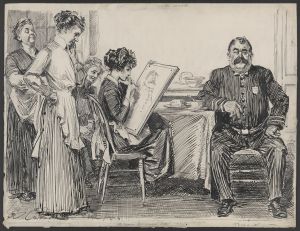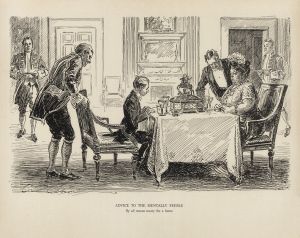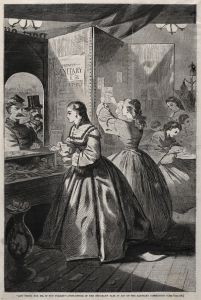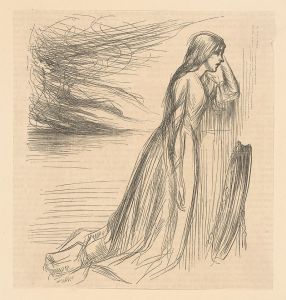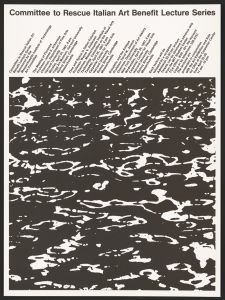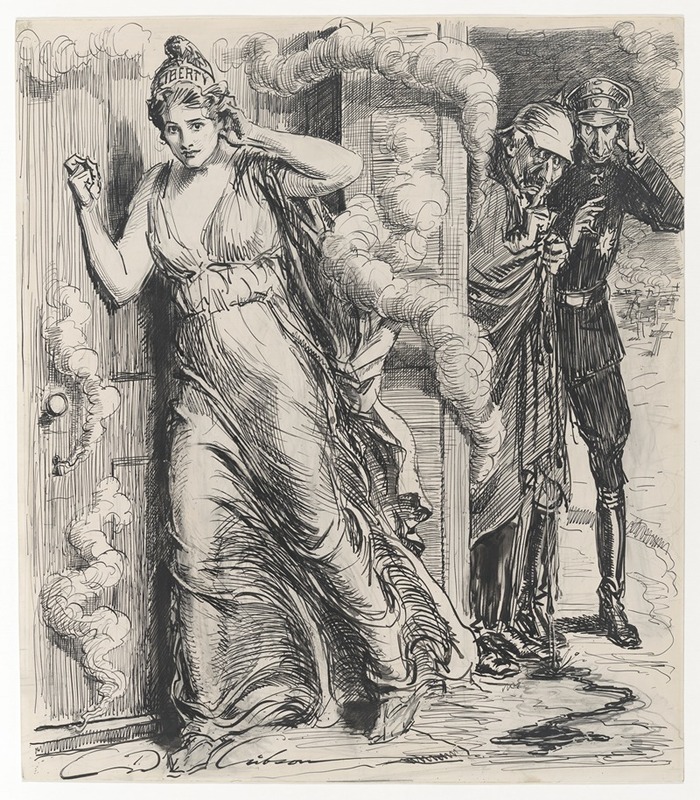
The Liberty loan at everyman’s door
A hand-painted replica of Charles Dana Gibson’s masterpiece The Liberty loan at everyman’s door, meticulously crafted by professional artists to capture the true essence of the original. Each piece is created with museum-quality canvas and rare mineral pigments, carefully painted by experienced artists with delicate brushstrokes and rich, layered colors to perfectly recreate the texture of the original artwork. Unlike machine-printed reproductions, this hand-painted version brings the painting to life, infused with the artist’s emotions and skill in every stroke. Whether for personal collection or home decoration, it instantly elevates the artistic atmosphere of any space.
"The Liberty Loan at Everyman’s Door" is an illustration by the renowned American artist Charles Dana Gibson, created during the period of World War I. Charles Dana Gibson, born in 1867, was a prominent illustrator best known for his creation of the "Gibson Girl," an iconic representation of the American woman at the turn of the 20th century. His work was widely published in magazines such as Life, Scribner's, and Harper's, making him one of the most influential illustrators of his time.
This particular illustration was part of a broader campaign to promote Liberty Loans, which were war bonds sold in the United States to support the Allied cause in World War I. The U.S. government issued these bonds to finance military operations and support the war effort, encouraging American citizens to lend money to the government with the promise of repayment with interest. The Liberty Loan campaigns were crucial in raising funds and were heavily promoted through various forms of media, including posters and illustrations.
Gibson's illustration, like many others of the time, was designed to appeal to the patriotic sentiments of the American public. It depicted themes of duty, sacrifice, and national pride, urging citizens to contribute financially to the war effort. The use of art and illustration was a powerful tool in these campaigns, as it could convey complex messages quickly and effectively to a broad audience.
The imagery in "The Liberty Loan at Everyman’s Door" would have been typical of Gibson's style, characterized by detailed line work and a keen sense of composition. His ability to capture the spirit of the times and the essence of his subjects made his work particularly effective for propaganda purposes. The illustration likely featured elements that resonated with the American public, such as figures representing the average citizen, symbols of American identity, or allegorical representations of liberty and freedom.
Gibson's contribution to the Liberty Loan campaigns was part of a larger movement among artists and illustrators who used their talents to support the war effort. This period saw a significant collaboration between the government and the arts community, as visual media played a crucial role in shaping public opinion and encouraging civic participation.
Overall, "The Liberty Loan at Everyman’s Door" exemplifies the intersection of art and politics during World War I, highlighting the role of artists like Charles Dana Gibson in mobilizing public support for national initiatives. Through his work, Gibson not only contributed to the war effort but also left a lasting impact on American visual culture, demonstrating the power of illustration as a tool for communication and persuasion.





